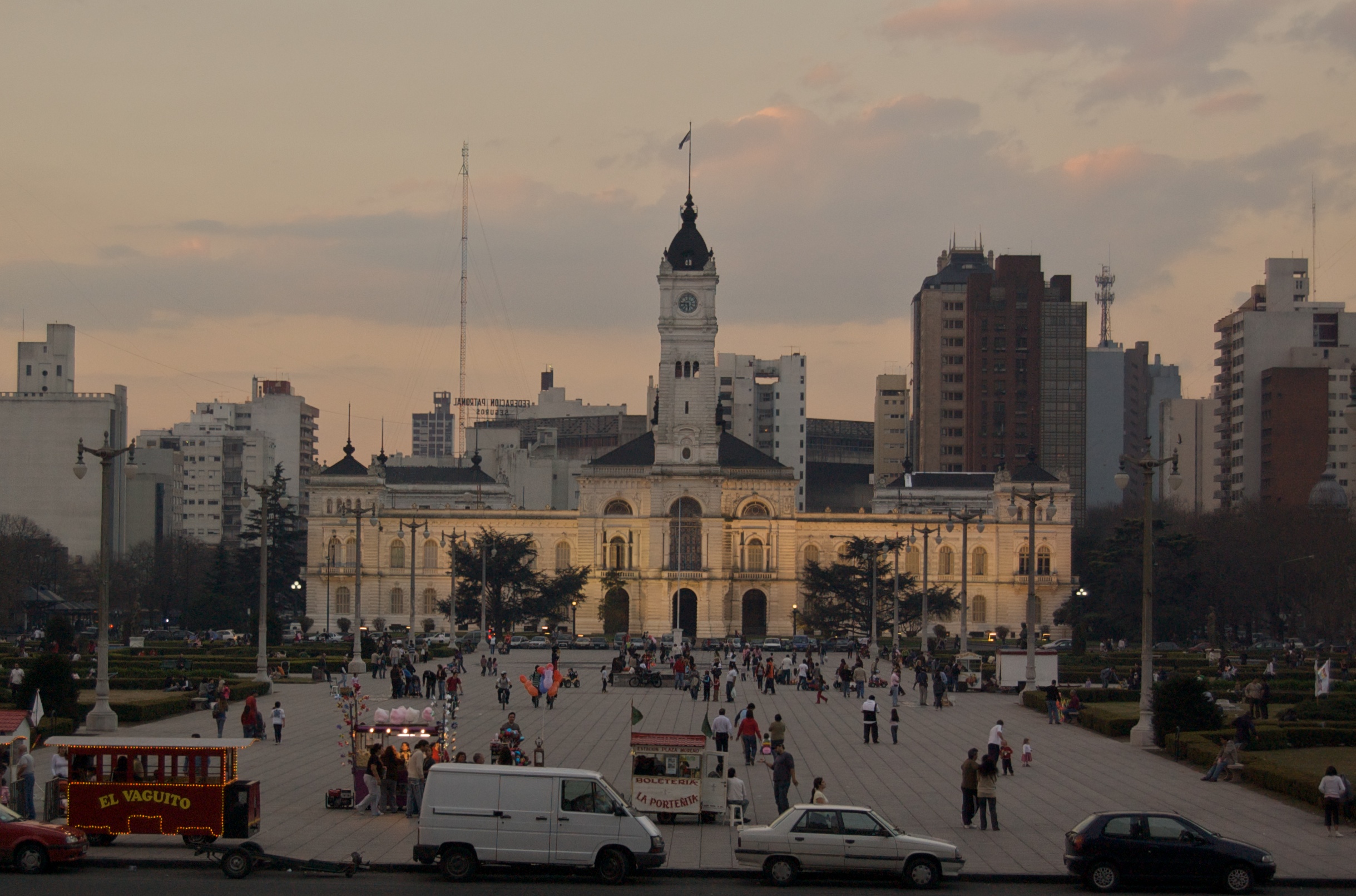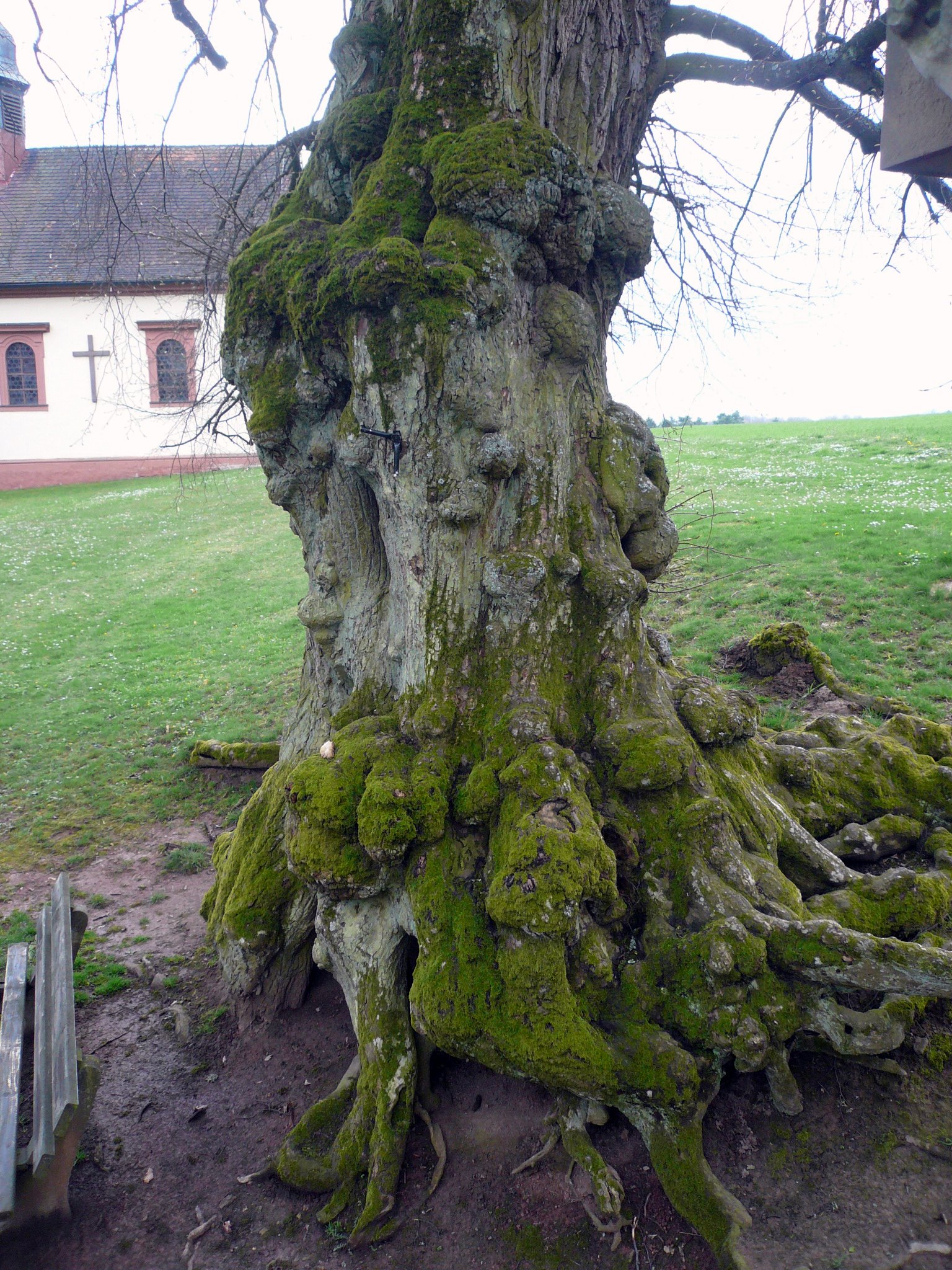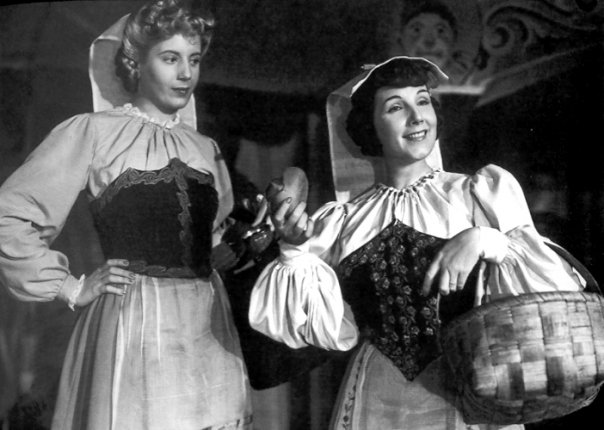|
La Plata, Buenos Aires
La Plata () is the capital city of Buenos Aires province, Argentina. According to the 2022 Argentina census, census, the La Plata Partido, Partido has a population of 772,618 and its metropolitan area, the Greater La Plata, has 938,287 inhabitants. It is located 9 kilometers (6 miles) inland from the southern shore of the estuary. La Plata was planned and developed to serve as the provincial capital after the city of Buenos Aires was Federalization of Buenos Aires, federalized in 1880. It was officially founded by Governor Dardo Rocha on 19 November 1882. Its construction is fully documented in photographs by Tomás Bradley Sutton. La Plata was briefly known as ''Ciudad Eva Perón'' (Eva Perón City) between 1952 and 1955. History and description After La Plata was designated the provincial capital, Rocha was placed in charge of creating the city. He hired urban planner Pedro Benoit, who designed a city layout based on a rationalism, rationalist urban planning, conception ... [...More Info...] [...Related Items...] OR: [Wikipedia] [Google] [Baidu] |
La Plata City Hall
La Plata City Hall is the executive seat of government of the city of La Plata, the capital of Buenos Aires Province, Argentina. Overview Governor Dardo Rocha's proposal for the establishment of a new capital for the paramount Province of Buenos Aires, useful to the mollification of the province's Independence-leaning gentry, was quickly approved by the Argentine Congress following the 1880 Federalization of Buenos Aires. Overseeing a furor of construction, Rocha inaugurated the city of La Plata on November 19, 1882, creating the first planned city in South America, and its first with electric lighting. Planned by Pedro Benoit, La Plata's diagonal streets would be anchored by a central plaza, ... [...More Info...] [...Related Items...] OR: [Wikipedia] [Google] [Baidu] |
Buenos Aires Province
Buenos Aires, officially the Buenos Aires Province, is the largest and most populous Provinces of Argentina, Argentine province. It takes its name from the city of Buenos Aires, the capital of the country, which used to be part of the province and the province's capital until it was Federalization of Buenos Aires, federalized in 1880. Since then, in spite of bearing the same name, the province does not include Buenos Aires city, though it does include all other parts of the Greater Buenos Aires metropolitan area. The capital of the province is the city of La Plata, founded in 1882. It is bordered by the provinces of Entre Ríos Province, Entre Ríos to the northeast, Santa Fe Province, Santa Fe to the north, Córdoba Province, Argentina, Córdoba to the northwest, La Pampa Province, La Pampa to the west, Río Negro Province, Río Negro to the south and west and the Autonomous City of Buenos Aires to the northeast. Uruguay is just across the Rio de la Plata to the northeast, and bo ... [...More Info...] [...Related Items...] OR: [Wikipedia] [Google] [Baidu] |
Linden Tree
''Tilia'' is a genus of about 30 species of trees or bushes, native throughout most of the temperateness, temperate Northern Hemisphere. The tree is known as linden for the European species, and basswood for North American species. In Great Britain and Ireland they are commonly called lime trees, although they are not related to the citrus Lime (fruit), lime. The genus occurs in Europe and eastern North America, but the greatest species diversity is found in Asia. Under the Cronquist system, Cronquist classification system, this genus was placed in the family Tiliaceae, but genetic research summarised by the Angiosperm Phylogeny Group has resulted in the incorporation of this genus, and of most of the previous family, into the Malvaceae. ''Tilia'' is the only known ectomycorrhizal genus in the family Malvaceae. Studies of ectomycorrhizal relations of ''Tilia'' species indicate a wide range of fungal symbionts and a preference toward Ascomycota fungal partners. Description ''T ... [...More Info...] [...Related Items...] OR: [Wikipedia] [Google] [Baidu] |
Fractals
In mathematics, a fractal is a Shape, geometric shape containing detailed structure at arbitrarily small scales, usually having a fractal dimension strictly exceeding the topological dimension. Many fractals appear similar at various scales, as illustrated in successive magnifications of the Mandelbrot set. This exhibition of similar patterns at increasingly smaller scales is called self-similarity, also known as expanding symmetry or unfolding symmetry; if this replication is exactly the same at every scale, as in the Menger sponge, the shape is called affine geometry, affine self-similar. Fractal geometry lies within the mathematical branch of measure theory. One way that fractals are different from finite geometric figures is how they Scaling (geometry), scale. Doubling the edge lengths of a filled polygon multiplies its area by four, which is two (the ratio of the new to the old side length) raised to the power of two (the conventional dimension of the filled polygon). ... [...More Info...] [...Related Items...] OR: [Wikipedia] [Google] [Baidu] |
Urban Planning
Urban planning (also called city planning in some contexts) is the process of developing and designing land use and the built environment, including air, water, and the infrastructure passing into and out of urban areas, such as transportation, communications, and distribution networks, and their accessibility. Traditionally, urban planning followed a top-down approach in master planning the physical layout of human settlements. The primary concern was the public welfare, which included considerations of efficiency, sanitation, protection and use of the environment, as well as taking account of effects of the master plans on the social and economic activities. Over time, urban planning has adopted a focus on the social and environmental "bottom lines" that focuses on using planning as a tool to improve the health and well-being of people and maintain sustainability standards. In the early 21st century, urban planning experts such as Jane Jacobs called on urban planners to take ... [...More Info...] [...Related Items...] OR: [Wikipedia] [Google] [Baidu] |
Rationalism
In philosophy, rationalism is the Epistemology, epistemological view that "regards reason as the chief source and test of knowledge" or "the position that reason has precedence over other ways of acquiring knowledge", often in contrast to other possible sources of knowledge such as religious faith, faith, tradition, or sensory experience. More formally, rationalism is defined as a methodology or a theory "in which the criterion of truth is not sensory but intellectual and Deductive reasoning, deductive".Bourke, Vernon J., "Rationalism", p. 263 in Runes (1962). In a major philosophical debate during the Age of Enlightenment, Enlightenment,John Locke (1690), An Essay Concerning Human Understanding rationalism (sometimes here equated with innatism) was opposed to empiricism. On the one hand, rationalists like René Descartes emphasized that knowledge is primarily innate and the intellect, the inner Faculty (other)#Biology, faculty of the human mind, can therefore direc ... [...More Info...] [...Related Items...] OR: [Wikipedia] [Google] [Baidu] |
Pedro Benoit
Pedro Benoit (February 18, 1836 – April 4, 1897) was an Argentine architect, engineer, and urbanist best known for designing the layout of La Plata City. Life and times Pedro Benoit was born in Buenos Aires in 1836 to María Josefa de las Mercedes Leyes and ', a French émigré who had left his homeland following the Bourbon Restoration. His father, a trained architect, engineer and topographer instilled his interests in his son, who enrolled in 1850 at the Topography and Geodesics School of the Department of Engineering of the Province of Buenos Aires. Gaining his first professional experience designing pontoon bridges for the Argentine Army, Benoit was contracted as a surveyor for the city of Buenos Aires. In this capacity, in 1858 he planned the first road to Ensenada, a harbor town 35 miles (56 km) south of Buenos Aires. The young surveyor was inducted into a local Freemason lodge in 1858 and the following year, he was commissioned by prominent local land ... [...More Info...] [...Related Items...] OR: [Wikipedia] [Google] [Baidu] |
Crop Of ISS067-E-176677 La Plata, Argentina And Vicinity
A crop is a plant that can be grown and harvested extensively for profit or subsistence. In other words, a crop is a plant or plant product that is grown for a specific purpose such as food, Fiber, fibre, or fuel. When plants of the same species are cultivated in rows or other systematic arrangements, it is called crop field or crop cultivation. Most crops are harvested as food for humans or fodder for livestock. Important non-food crops include horticulture, floriculture, and industrial crops. Horticulture crops include plants used for other crops (e.g. fruit trees). Floriculture crops include bedding plants, houseplants, flowering garden and pot plants, cut cultivated greens, and cut flowers. Industrial crops are produced for clothing (fiber crops e.g. cotton), biofuel (energy crops, algae fuel), or medicine (medicinal plants). Production There was an increase in global production of primary crops by 56% between 2000 and 2022 to 9.6 billion tonnes, which represents a 0 ... [...More Info...] [...Related Items...] OR: [Wikipedia] [Google] [Baidu] |
Eva Perón
María Eva Duarte de Perón (; ; 7 May 1919 – 26 July 1952), better known as Eva Perón or by the nickname Evita (), was an Argentine politician, activist, actress, and philanthropist who served as First Lady of Argentina from June 1946 until her death in July 1952, as the wife of Argentine President Juan Perón. She was born in poverty in the rural village of Los Toldos, in the Pampas, as the youngest of five children. In 1934, at the age of 15, she moved to the nation's capital of Buenos Aires to pursue a career as a stage, radio, and film actress. She married Perón in 1945, when he was still an army colonel, and was propelled onto the political stage when he became President in 1946. She became a central figure of Peronism and Argentine culture because of the Eva Perón Foundation, a charitable organization perceived by many Argentinians as highly impactful. She met Colonel Juan Perón on 22 January 1944 during a charity event at the Luna Park Stadium to benefit the v ... [...More Info...] [...Related Items...] OR: [Wikipedia] [Google] [Baidu] |
Federalization Of Buenos Aires
The federalization of Buenos Aires was the process by which the city of Buenos Aires, until then capital of the province of Buenos Aires, was politically separated from the latter to put it under direct control of the national government as a federal territory. That had been a constant aspiration of the other provinces of Argentina since the formation of the federation. However, harsh political debates around the issue prevented the federalization until 1880, more than sixty years and a long civil war later. Argentine Constitution The first successful Constitutional Convention, which took place in 1853, defined in Article 3 the status of Buenos Aires: ''The Authorities that exercise the Federal Government reside in the City of Buenos Aires, which is declared capital of the Confederacy by a special law.'' The terms ''Argentine Confederacy'' were used in those days to designate Argentina (the usage would evolve, and the term ''Argentine Republic'' is now used instead). The a ... [...More Info...] [...Related Items...] OR: [Wikipedia] [Google] [Baidu] |
Buenos Aires
Buenos Aires, controlled by the government of the Autonomous City of Buenos Aires, is the Capital city, capital and largest city of Argentina. It is located on the southwest of the Río de la Plata. Buenos Aires is classified as an Alpha− global city, according to the Globalization and World Cities Research Network, GaWC 2024 ranking. The city proper has a population of 3.1 million and its urban area 16.7 million, making it the List of metropolitan areas, twentieth largest metropolitan area in the world. It is known for its preserved eclecticism, eclectic European #Architecture, architecture and rich culture, cultural life. It is a multiculturalism, multicultural city that is home to multiple ethnic and religious groups, contributing to its culture as well as to the dialect spoken in the city and in some other parts of the country. This is because since the 19th century, the city, and the country in general, has been a major recipient of millions of Immigration to Argentina, im ... [...More Info...] [...Related Items...] OR: [Wikipedia] [Google] [Baidu] |








